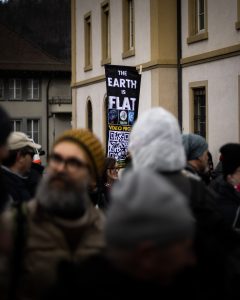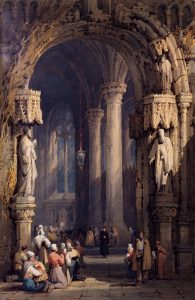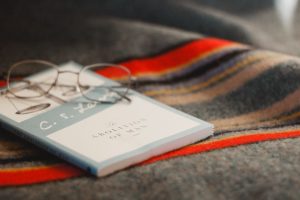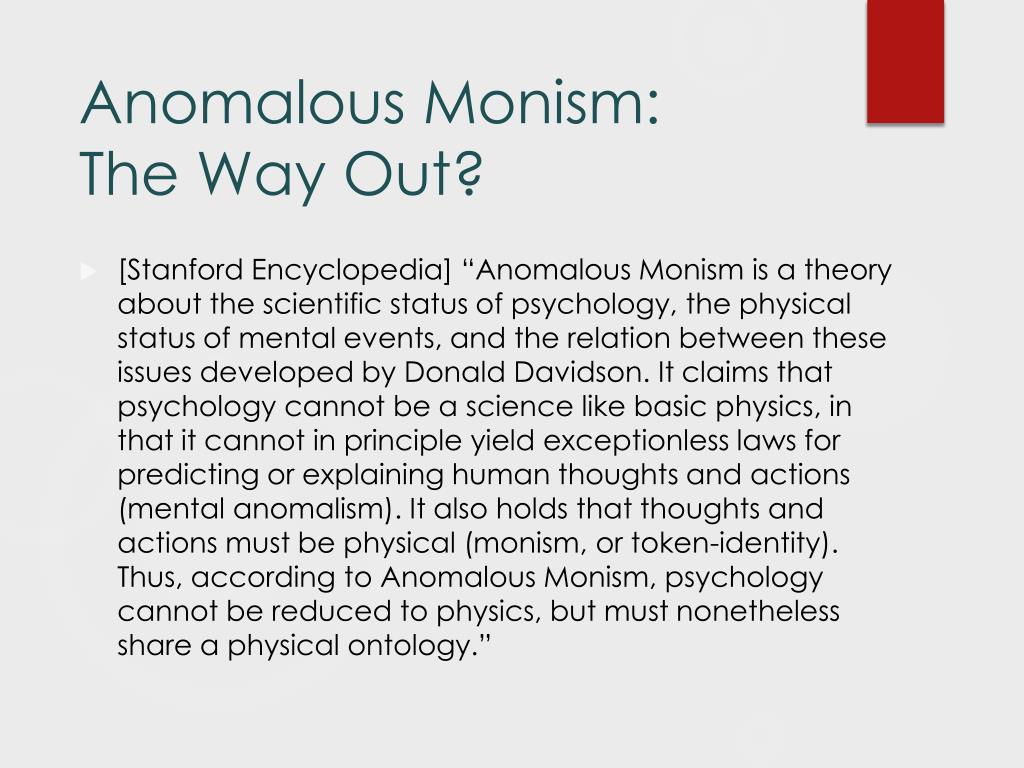Welcome to the APA Mini-Series Blog organized by the APA Committee on Professional Rights and Academic Freedom, formerly the Committee on the Professional Rights of Philosophers. We changed our name last year in order to highlight the centrality of Academic Freedom to our charge. Given recent events, it was not a moment too soon.
This post grew out of an APA Committee on Professional Rights and Academic Freedom panel on faculty speech at the Eastern APA on January 11, just a week before the presidential inauguration. Most of us in the room for the session were worried about what the second Trump presidency would mean for universities, but I don’t think any of us could have guessed that we were mere weeks away from student protesters being arrested and disappeared, federal research funding being gutted, and over fifty universities under investigation as part of the Department of Education’s anti-DEI crackdown.
During the Q&A, one attendee described some pretty terrible things that were happening at his Florida college and asked for advice. I regretted that I didn’t have better advice than “Things are going to get worse in the red states. That makes it especially important for academics in the blue states to vigorously defend universities’ core values.” As we now know, the attacks on higher education aren’t limited to red states. The ferocity with which the Trump administration is going after Columbia University is just one example. On January 11, things looked bad in the red states. As I write this just two months later, colleagues are wondering aloud how many colleges and universities across the U.S. (red and blue state alike) will be able to survive the Trump administration.
My remarks on the January 11 panel were drawn from two forthcoming book chapters of mine—one that traces the part that philosophers played in the development and articulation of academic freedom, and one that (contra recent calls for institutional neutrality) argues that universities have “duties of proximity” to take a stand on socio-political matters in which they are implicated by their institutional missions or operations. The second chapter was (more or less) my reflection on the year of pro-Palestinian encampments and felt urgent when I wrote it. By January, though, the more historical chapter actually felt even more pressing because, in writing that chapter, I became painfully aware of how vulnerable academic freedom is under authoritarian rule. That lesson feels even more germane now than it did in January, so in the remainder of this post, I’ll provide a high-level summary of that part of my panel remarks.
I want to make two broad points here: (1) philosophers have played a crucial role in the history of academic freedom, and (2) authoritarian and nationalistic suppression recur within the history of academic freedom.
Modern academic freedom was purpose-built for the University of Berlin—reckoned by many to be the first modern research university. The architect of the University of Berlin was philosopher Wilhelm von Humboldt. Humboldt’s vision of academic freedom was deeply influenced by writing on universities and academic freedom by Kant, Schleiermacher, and Fichte. Ultimately, the formulation of academic freedom on which he landed was meant to enable the new style of university to pursue truth rather than imparting settled dogma, and to do so in the service of broader society.
The model established by the University of Berlin spread throughout Prussia and then the German Empire before making its way to the United States, under the influence of the thousands of Americans who, in the nineteenth century, flocked to Germany for university. The University of Berlin was the model for Johns Hopkins, Clark University, and, to some extent, Cornell. These institutions—and the new German approach they adopted—were similarly influential on American philosophers, among them John Dewey and Arthur Lovejoy.
Dewey’s views on academic freedom changed over time. In his earliest (1902) writing on the subject, Dewey worries that organizational changes at U.S. universities will in subtle ways limit scholars’ academic freedom, but he expresses confidence that universities are too highly valued by the public for wealthy benefactors or trustees to seek to constrain scholars’ research or expression. By 1915, though, both professors and university presidents had been subject to reprisal (precisely by wealthy benefactors!) because of their speech, and Dewey changed his tune.
The American Association of University Professors (AAUP) was founded in response to these academic freedom violations. Lovejoy personally recruited hundreds of professors to the AAUP and convinced Dewey to take on its inaugural presidency. The AAUP’s 1915 Declaration of Principles articulated a distinctively American approach to academic freedom. Much of it was drawn from Dewey’s thought. Most, if not all, formulations of academic freedom since then owe a great deal to the 1915 declaration, and hence to Dewey.
They were also influenced by the thought of the German idealist thinkers who originated the German account. But the U.S. version is different in key ways. The AAUP treats academic freedom as a negative freedom—a freedom from interference or silencing—whereas the German version treats it as the positive freedom to seek truth. The AAUP account defends professors’ extramural expression, while the German version focuses on teaching and research. These differences were born of the AAUP’s origin in defending professors from interference by benefactors and trustees.
American academic freedom hit an enormous stumbling block with the U.S.’s entry into WW1 and the AAUP’s shockingly quick capitulation to wartime ideology. In 1918, the AAUP issued a wartime supplement to the 1915 declaration in which it endorsed termination as an appropriate reprisal for professors who spoke against the war or the draft. Dewey was deeply opposed to it, but by then he was no longer president.
Across the ocean, with the rise of the Third Reich, academic freedom again came under attack. At the University of Berlin, thousands of people burned books at a rally headlined by Joseph Goebbels. The Ministry of Education announced Nazi race “science” as the “future basis” for study at German universities. In 1937, University of Chicago librarian Fritz Veit, who had fled the Third Reich, wrote that “academic freedom does not exist any longer under Hitler.” By 1939, 45% of German professors were dismissed and replaced by Nazis.
Academic freedom once crushed eventually springs back. The AAUP’s 1940 Statement of Principles on Academic Freedom and Tenure renewed and strengthened academic freedom and became an important source for other academic freedom policies internationally. In 1949, the Federal Republic of Germany enshrined academic freedom in law; the law was retained under German reunification and continues to be in force today.
Still, it is important to remember that, in two former bastions of academic freedom, nationalistic and authoritarian regimes deeply weakened it. Today, as Trump and his acolytes swing their wrecking ball at higher education, academic freedom will once again suffer tremendously. There is no avoiding it. Things are going to get very bad; they are already very bad.
Twice in the history of academic freedom, philosophers were instrumental in its expression and enactment. We can play this role again. Do you understand enough about academic freedom to defend it? If not, change that today! In my work on academic freedom, I sometimes use the metaphor of a seed vault—a safe place to store seeds during a disaster so that they can be propagated afterwards. Philosophers have been seed vaults for academic freedom and can be so again. It’s time to gather seeds. Don’t delay.
We hope you enjoy these excellent contributions to our Mini-Series blog. Please email: mzinkin@binghamton.edu, if you would like to submit a short paper to this blog on any topic related to academic freedom and the professional rights of philosophers.
The post Philosophers created academic freedom. It’s time to save it (again). first appeared on Blog of the APA.
Read the full article which is published on APA Online (external link)





